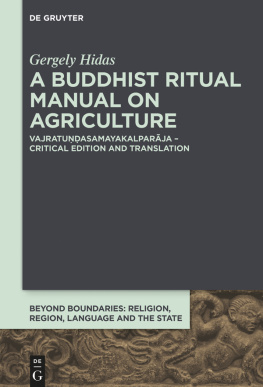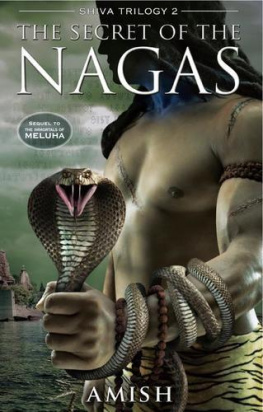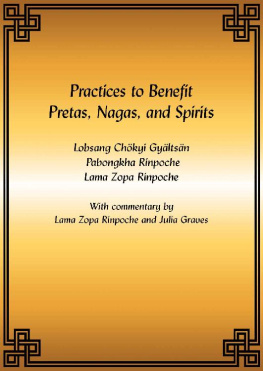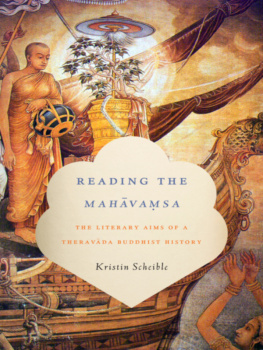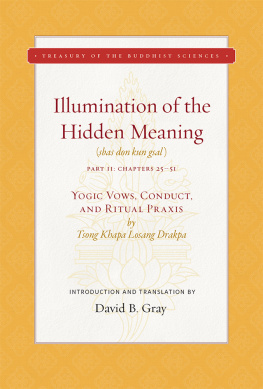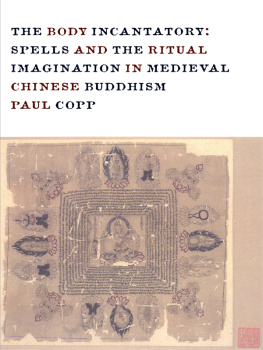Contents
Guide

Gergely Hidas
A Buddhist Ritual Manual on Agriculture
Beyond Boundaries

Religion, Region, Language and the State
Edited by
Michael Willis, Sam van Schaik
and Lewis Doney
Volume 3

Published with support of the European Research Council
Beyond Boundaries: Religion, Region, Language and the State (Project No. 609823)

ISBN 978-3-11-061765-8
e-ISBN (PDF) 978-3-11-062105-1
e-ISBN (EPUB) 978-3-11-062049-8
ISSN 2510-4446

This work is licensed under the Creative Commons Attribution-Non Commercial-No Derivatives 4.0 Licence. For details go to http://creativecommons.org/licenses/by-nc-nd/4.0/.
Library of Congress Cataloging in Publication Control Number: 2019934260
Bibliographic information published by the Deutsche Nationalbibliothek
The Deutsche Nationalbibliothek lists this publication in the Deutsche Nationalbibliografie; detailed bibliographic data are available on the Internet at http://dnb.dnb.de.
2019 Gergely Hidas, published by Walter de Gruyter GmbH, Berlin/Boston
www.degruyter.com
Acknowledgements
This research commenced some seven years ago when Dr Pter-Dniel Sznt provided information about the survival of the Vajratuasamayakalparja in the original Sanskrit. Soon afterwards the ERC Synergy Project No. 609823 embraced the idea to pursue a thorough investigation and the present publication is the fruit of this project work. Many thanks to Dr Michael Willis, Dr Sam van Schaik, Dr Pter-Dniel Sznt, Gergely Orosz, Professor Gyula Wojtilla, Professor Shanker Thapa, Deepak Bajracharya, Dr Csaba Kiss, Dr Dniel Balogh, Professor Max Deeg, Dr Kenichi Kuranishi, Hidetoshi Yoshizawa, Professor Harunaga Isaacson, Professor Francesco Sferra and the staff of the National Archives, Kathmandu, the Staatsbibliothek Berlin and De Gruyter.

Introduction
1Previous research
1.1Primary references
The first work that mentions the Vajratua is Waddell (1912: 175), where it is listed along with other Garua-related dhra texts and described as the Vajra Tua. Thunderbolt Beak of Garua under no. 33. The seemingly sole further reference to this text comes from a century later, when Sznt (2012: I.23536) shows that the Vajratuangasamaya is included in composite rainmaking ritual manuals from Nepal and survives in the original Sanskrit.
1.2Secondary references
There are several works on mythical Ngas, In another recent article, Davidson (2017a) gives a treatment of Buddhist rites focussing on a Nga altar in fifth-century India, along with Chinese sources. Finally, there are a couple of studies on South Asian weather rituals in general: Khatry (1996) describes the Buddhist Matsyendranth rain festival in the Kathmandu Valley; Willis (2009) examines Udayagiri monsoon rites, while Vajracharya (2016) discusses this wider topic along with the presentation of manifold materials from Nepal.
2Sources
2.1Sanskrit
The Vajratuasamayakalparja (henceforth VTSKR) survives in longer Varpaavidhi (rainmaking ritual manual) collections from Nepal.
2.2Chinese
While there is no Chinese version of the VTSKR, T 1007, the Root Mantra (-dhra) Stra, translated into Chinese in the sixth century and studied in Davidson (2017a), reveals a number of similarities. T 1027, the Vajra Blaze Dhra to Stop Wind and Rain, translated by Bodhiruci around 700 CE and referred to in Schmithausen (1997: 6364), also shares many features with this scripture.
2.3Tibetan
The VTSKR is listed in the Lhan Karma catalogue ( c .800 CE ) under no. 336 as phags pa rdo rje mchui gzus ( rya-vajratua-dhra )
2.4Mongolian
The VTSKR is translated under no. 589 in the Mongolian Kangyur as Qutu-tu vir-a-bani kke degel-t-yin ang ile neret tarni .
2.5Commentaries, citations, parallels, auxiliary texts
Although no commentaries or auxiliary texts of the VTSKR survive, the unpublished Mrckalpoktakrama included in Varpaavidhi collections contains portions, often with slightly different wording, from parts [2.18], [2.20], [2.24] and [2.25].
3Structure
The VTSKR consists of six chapters as it has come down to us:
| [1] | Ngahdayasya sasyapkalpa The Nga Heart[-mantra] Ritual Manual for Crop Damage |
| [2] | Vairamaabhavanapraveangasamaya nma varaa-m-utsarga The Sending forth of Rain, called Entry into the Residence of Vairamaa Nga Vow |
| [3] | Mahgaruavegavajravegajvlitagaruahdayamaal nma dhra The Great Garua Thrust Vajra Thrust Blazing Garua Heart Ruler Dhra |
| [4] | Mlamantravidhisopacra The Manual of the Root Mantra with the Offering |
| [5] | Sarvagaruahdayapahitasiddhaparamasiddhavajratu nma dhra The Vajra Beak Dhra , the Heart of all Garuas, Effective upon Recitation, the Most Effective One |
| [6] | ryavajratua nma samayakalparja The King of Ritual Manuals called Noble Vajra Beak Vow |
The dhra s given in the six chapters are the following:
| [1] | Ngapratisarikvaghtavajr nma dhra |
| [2] | Samantajvalitavidyun nma sacodanhdayadhramantrapada |
| [3] | Garuajvl nma mahhdaya or Tathgatasamayagaruajvl nma mahhdayadhra or Tathgatagaruajvlhdaya nma dhra |
| [4] | No dhra given |
| [5] | Vajratuajvlavidyun nma dhra or Vajratu nma dhra or Vajratuadhra |
| [6] | Jvalitavajranitu nma dhra |
4Contents
[0]Invocation
| [1.1] | The Buddha teaches the Dharma to a great assembly in Vras |
| [1.2] | A Brahmin called Viudatta makes a mistake during a Nga ritual, his fields and body are burnt and he asks the Bhagavn for help |
| [1.3] | The Bhagavn comforts the Brahmin |
| [1.4] | Vajrapi requests the Buddha to utter a protection against Ngas and for the preservation of crops |
| [1.5] | Encouraged by Vajrapi, the Lord mentions the Nga Assailing and Impeding Vajra spell and its benefits |
| [1.6] | Vajrapi asks the Bhagavn to utter the spell |
| [1.7] | The Buddha recites the spell |
| [1.8] | After the spell is recited, the Ngas are overpowered, apologize and surrender to the Bhagavn and they promise to protect the region where this spell is circulated |
| [1.9] | The Buddha praises the Ngas |
| [1.10] | Ritual instructions |
| [1.11] | |

